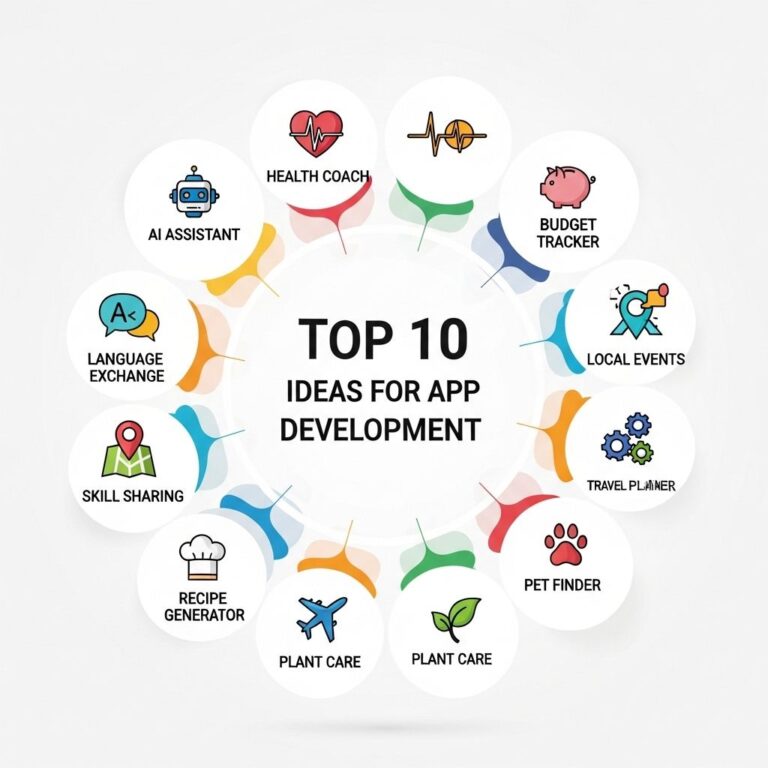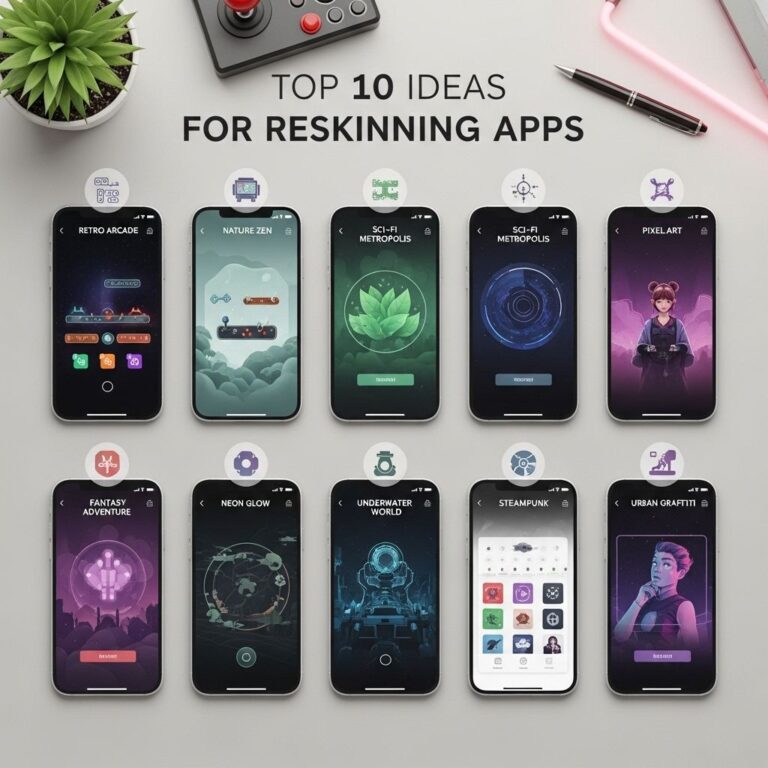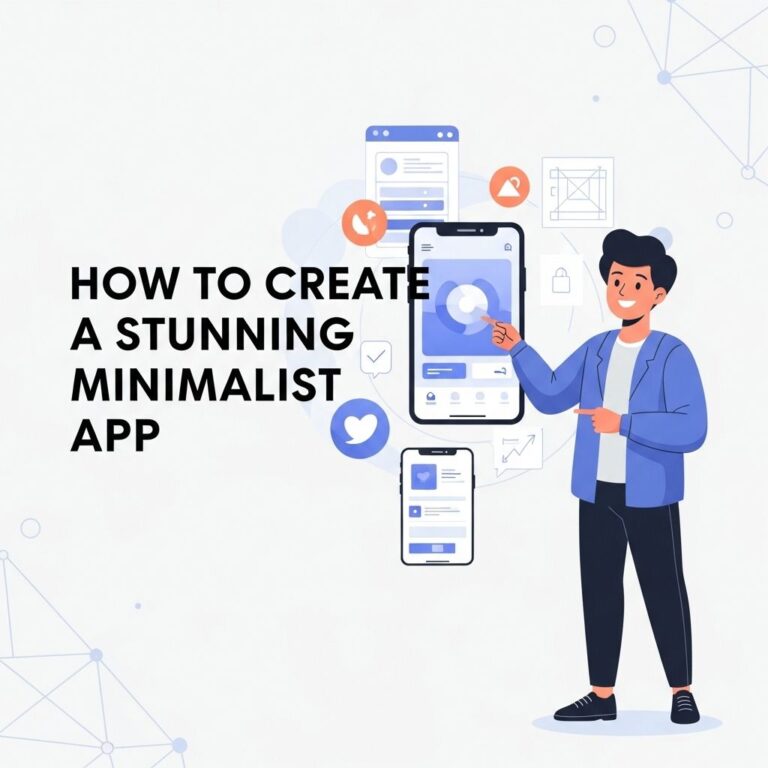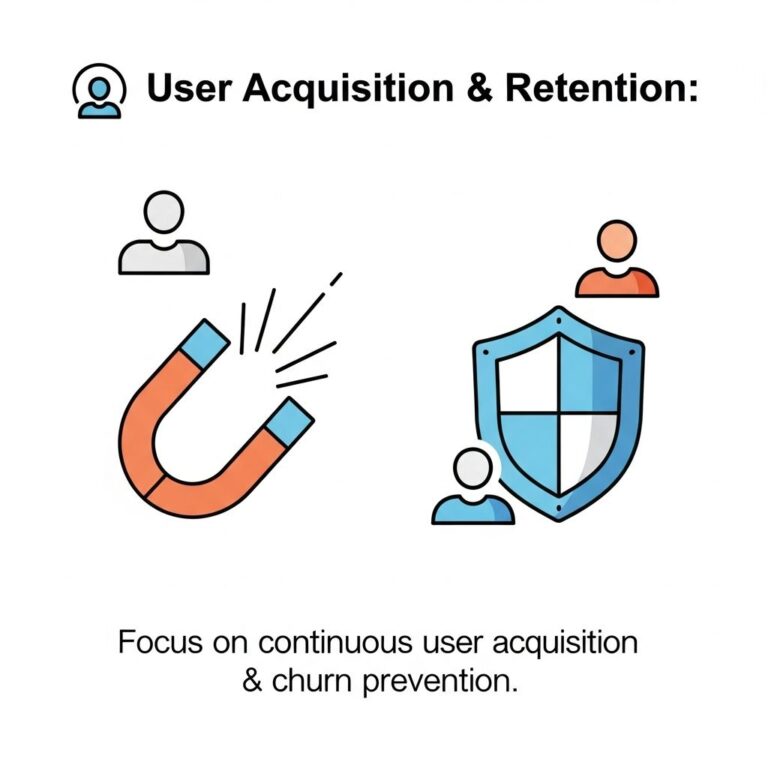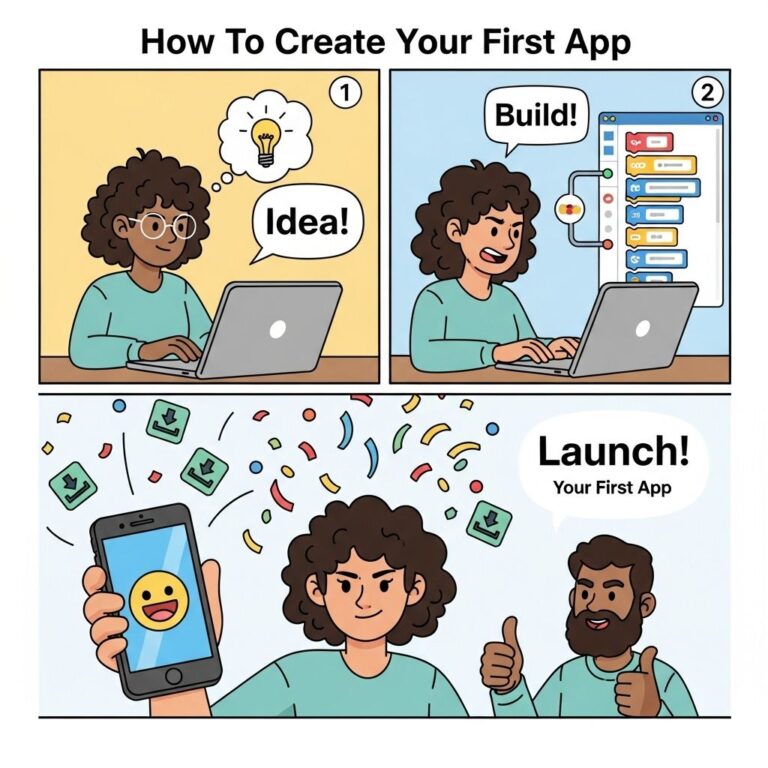In today’s digital era, the idea of launching a mobile application that generates a substantial income has become increasingly attainable. With technological advancements and a thriving app marketplace, entrepreneurs have the opportunity to create applications that not only serve a purpose but also generate revenue. This article delves into the critical steps and strategies necessary to launch a successful app that can earn $1,000 per month.
Table of Contents
Understanding the Market
Before diving into the development of your app, it’s essential to conduct thorough market research. Understanding your target audience and existing competitors can significantly influence your app’s success. Here are steps to conduct effective market research:
1. Identify Your Audience
- Define the demographics of your target users (age, gender, location).
- Understand their needs and pain points.
- Determine how your app can provide value to them.
2. Analyze Competitors
Identifying key competitors in the app space can provide insights into what works and what doesn’t.
- Evaluate their app features, user experience, and monetization strategies.
- Read user reviews to identify strengths and weaknesses.
- Look for gaps in the market where your app can differentiate itself.
Defining Your App Concept
Once you have a clear understanding of the market, the next step is to define your app’s concept. This includes deciding on its core functionality, unique selling proposition (USP), and overall design.
1. Core Functionality
Choose the primary features that will address user needs effectively. Consider the following options:
| Feature | Description |
|---|---|
| Social Sharing | Encourages users to share content, enhancing visibility. |
| In-App Purchases | Enables monetization through premium features. |
| Notifications | Keeps users engaged through timely updates. |
2. Unique Selling Proposition (USP)
Your USP should clearly communicate why users should choose your app over others. Here are some approaches:
- Innovative features that solve specific problems.
- Superior user experience and design.
- Competitive pricing or freemium models.
Planning Your Development Process
With a solid concept in place, you’ll need to plan the development of your application. Your approach can dramatically influence your timeline and budget.
1. Choose a Development Route
You have several options for developing your app:
- Native Development: Building for a specific platform (iOS or Android).
- Cross-Platform Development: Using frameworks that allow you to deploy on multiple platforms.
- Outsourcing: Hiring a development team or firm to handle the entire process.
2. Create a Prototype
Building a prototype or minimum viable product (MVP) allows you to test your app concept before fully committing to development. Key advantages include:
- Validating your concept with real users.
- Gathering valuable feedback for improvements.
- Saving resources by identifying necessary pivots early.
Monetization Strategies
To achieve your $1,000/month goal, you need a solid monetization plan in place. Below are popular strategies to consider:
1. Subscription Model
Charge users a recurring fee for access to premium content or features. This model fosters a steady revenue stream.
2. In-App Purchases
Allow users to buy virtual goods or unlock features. This can be particularly effective in gaming apps.
3. Advertising
Implement ad placements within your app. Utilizing networks like Google AdMob can generate income based on user engagement.
Marketing Your App
Once your app is launched, marketing is crucial for driving downloads and revenue. Consider the following tactics:
1. Social Media Marketing
Utilize platforms like Facebook, Instagram, and Twitter to promote your app. Create engaging content that highlights its features and benefits.
2. Influencer Collaborations
Partner with influencers in your niche to reach a larger audience. They can provide authentic reviews and increase trust in your app.
3. App Store Optimization (ASO)
Optimize your app’s listing with relevant keywords to improve its visibility in app stores. Key components include:
- App title and description.
- High-quality screenshots.
- User ratings and reviews.
Analyzing Performance and Iteration
After launching your app, continuous analysis is vital for improvement and growth. Use analytics tools to track user behavior, engagement, and retention metrics.
Key Metrics to Monitor
- Daily Active Users (DAU)
- Monthly Active Users (MAU)
- Average Revenue Per User (ARPU)
- Churn Rate
Based on the data collected, be prepared to make iterative changes to enhance user experience and retention. Regular updates with new features or improvements can keep your users engaged and loyal.
Conclusion
Launching a mobile app that generates $1,000 a month is entirely feasible with the right approach and execution. By understanding your market, defining a strong concept, planning your development process, and implementing effective monetization and marketing strategies, you can set yourself on the path to success. Remember to continuously analyze and iterate based on user feedback and performance metrics to ensure long-term viability and growth. Start your journey today and turn your app ideas into reality!
FAQ
What are the key steps to launch a $1,000/month app?
To launch a $1,000/month app, identify a niche market, validate your app idea, develop a minimum viable product (MVP), implement a marketing strategy, and monitor user feedback for continuous improvement.
How can I validate my app idea before launching?
You can validate your app idea by conducting surveys, creating landing pages, testing prototypes, and gathering feedback from potential users to ensure there is a demand for your app.
What marketing strategies work best for app launches?
Effective marketing strategies for app launches include social media marketing, influencer partnerships, content marketing, app store optimization (ASO), and targeted online advertising.
How important is user feedback after launching my app?
User feedback is crucial post-launch as it helps you identify issues, understand user preferences, and make necessary improvements to enhance user experience and retention.
What are some common monetization strategies for apps?
Common monetization strategies for apps include freemium models, subscription services, in-app purchases, advertising, and sponsorships.
How can I ensure my app stays relevant after launch?
To keep your app relevant, regularly update it with new features, address user feedback promptly, and adapt to changing market trends and user needs.



